Bubble Algae: Understanding, Preventing, and Managing Outbreaks in Your Reef Tank
Bubble Algae can be a troublesome issue for reef tank enthusiasts, but understanding its nature and effective management strategies can make a significant difference. In this blog, we will explore the origins of Bubble Algae, how to prevent its introduction into your aquarium, and the best practices for controlling an outbreak.
Table of Contents
- Introduction to Bubble Algae
- Natural Predators of Bubble Algae
- Physical Removal Techniques
- Filtration and Nutrient Control
- Chemical Treatments for Severe Outbreaks
- Conclusion and Final Thoughts
- FAQs about Bubble Algae
Introduction to Bubble Algae
Bubble Algae is a common concern for aquarium enthusiasts, particularly those with reef tanks. Understanding its characteristics and behaviour is essential for effective management. This section will provide a detailed overview of what Bubble Algae is, how it spreads, and the myths surrounding it.
What is Bubble Algae?
Bubble Algae, scientifically known as Vonia ventricosa, is a large unicellular algae. Despite its macro size, it is fundamentally unicellular and holds the title of the largest unicellular organism on Earth. These algae can vary significantly in size, from minuscule dots to large spheres exceeding an inch in diameter.
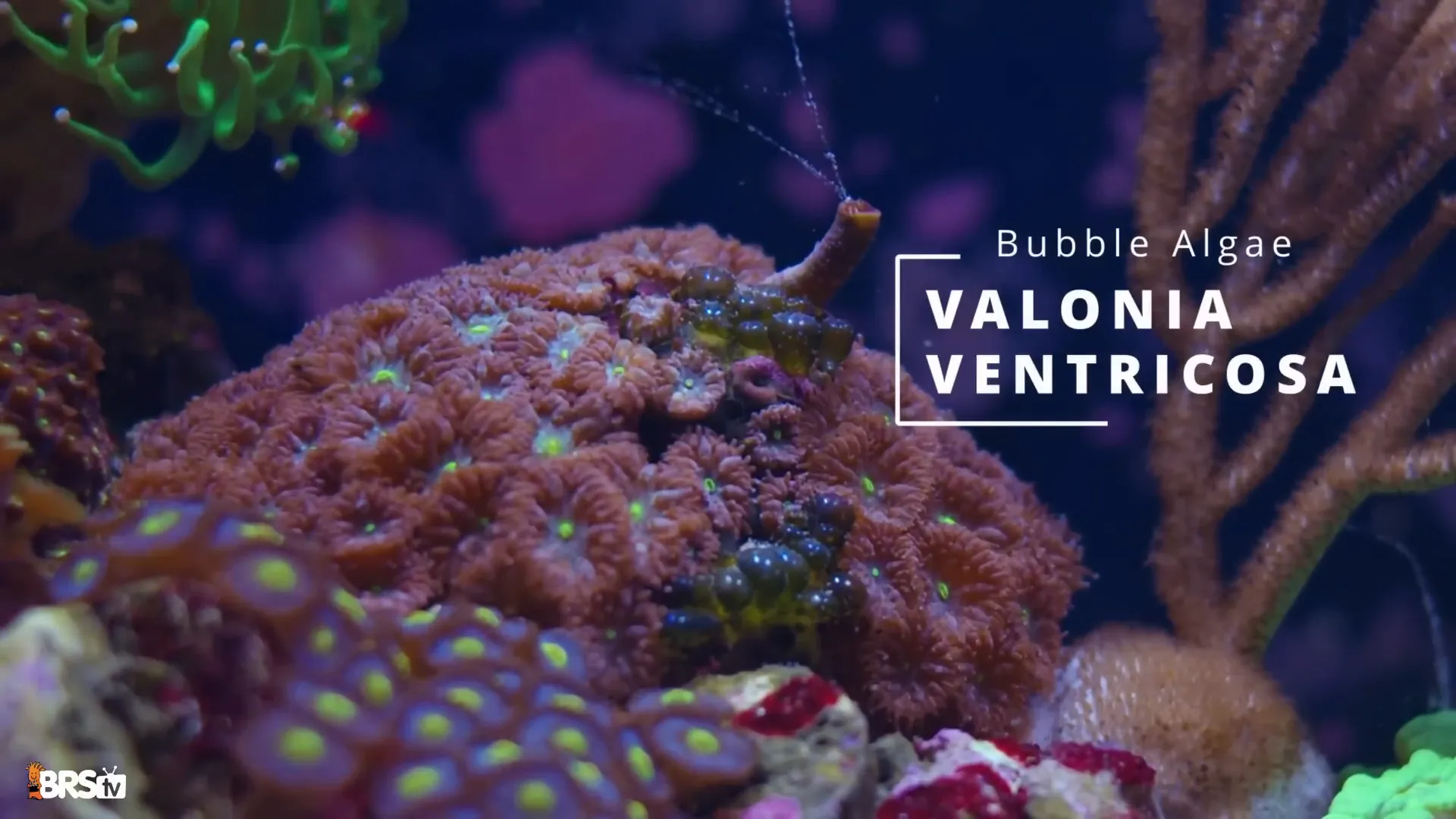
The distinctive, grape-like clusters of Bubble Algae adhere to rocks and other surfaces using a root-like structure called rhizoid. Its growth may seem slow, but over time, it can cover significant areas, posing challenges for coral health and overall tank aesthetics.
How Bubble Algae Spreads
Understanding the spread of Bubble Algae is crucial for managing its presence in your aquarium. The primary method of reproduction is through segregative cell division, where new bubbles form and separate from the parent cell. This process leads to the proliferation of Bubble Algae across surfaces in your tank.

Another common misconception is that popping Bubble Algae releases spores into the water column. However, research indicates that while various organelles exist within the cell, no spores are produced. Popping the bubbles may not eliminate the algae but can cause it to spread if fragments float to other areas, allowing new colonies to establish.
The Myths Surrounding Bubble Algae
Several myths surround Bubble Algae that can lead to confusion among aquarium keepers. One of the most prevalent is the belief that popping the algae will cause it to proliferate. As established, this is not the case; however, it can create conditions conducive to its spread.
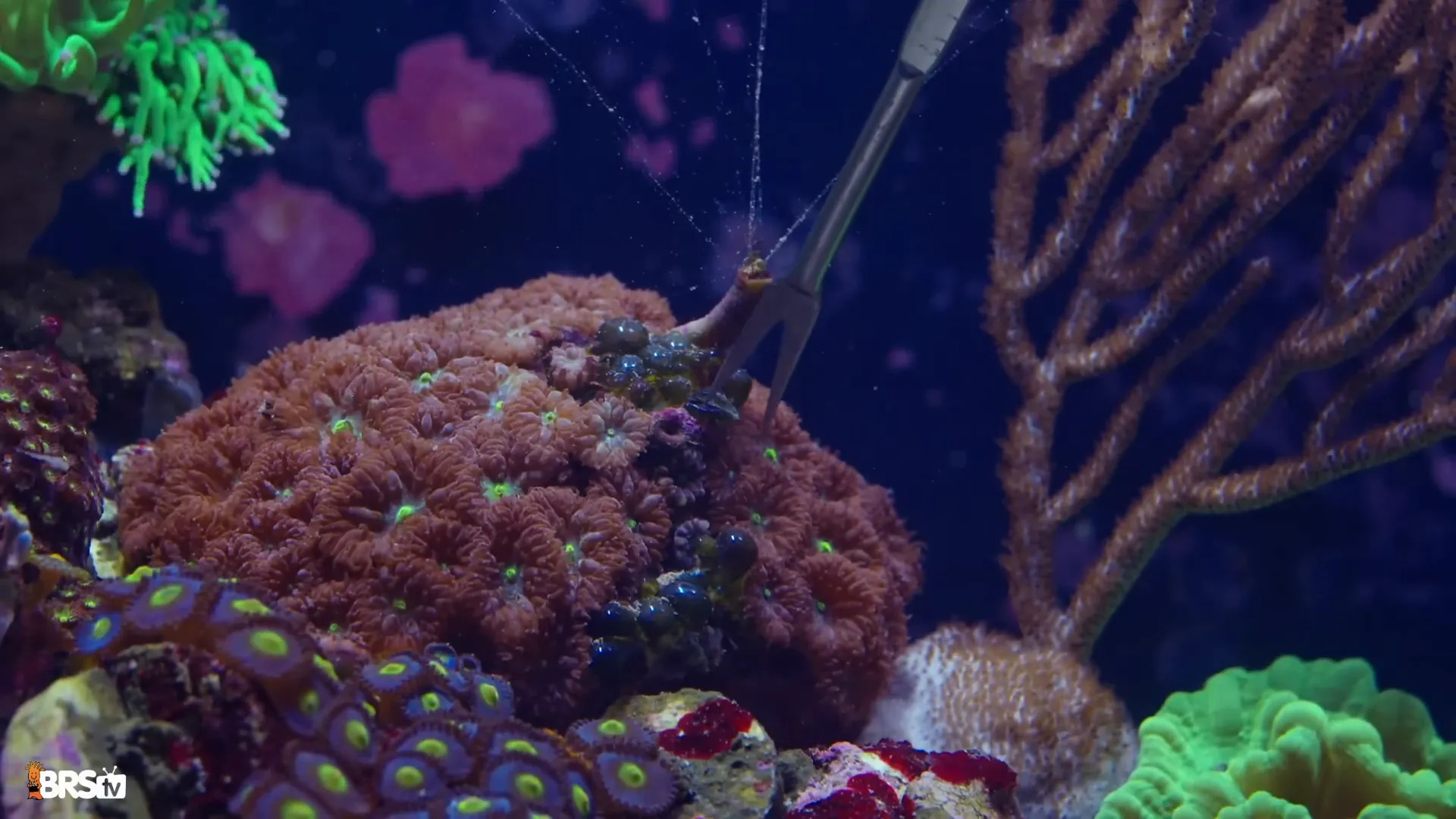
Another myth is that Bubble Algae can reproduce sexually. While there are indications that some forms may do so, scientists have yet to conclusively determine how this occurs. Therefore, the focus should remain on managing its growth and spread rather than relying on misconceptions.
How Bubble Algae Enters Your Aquarium
Bubble Algae can easily find its way into your aquarium, often without your knowledge. The most common introduction methods include:
- Live rock or sand from local stores or other hobbyists.
- Water transferred from systems already infected with Bubble Algae.
- Coral bases, skeletons, frag plugs, or discs that may carry algae spores.
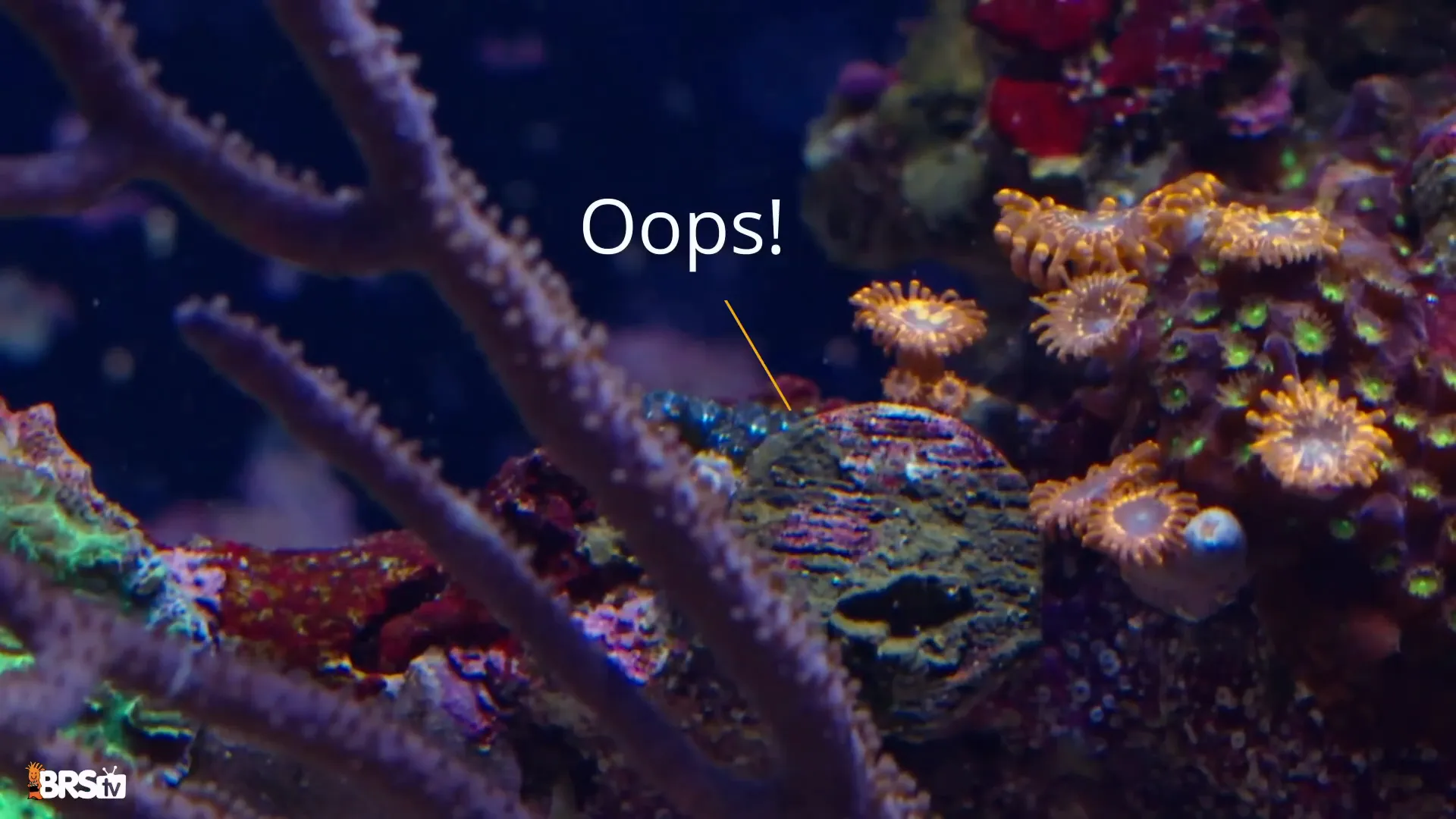
Being aware of these potential sources is vital for prevention. Once you understand how Bubble Algae typically enters your setup, you can take proactive measures to mitigate these risks.
Preventative Measures to Avoid Bubble Algae
Preventing Bubble Algae from entering your aquarium is far more effective than dealing with an outbreak. Here are some strategies to consider:
- Keep aquarium lights off while cycling a new tank to deter unwanted algae growth.
- Remove corals from their plugs or bases onto algae-free alternatives when adding new specimens.
- Physically remove any visible Bubble Algae and treat coral bases with hydrogen peroxide to eliminate any lingering spores.
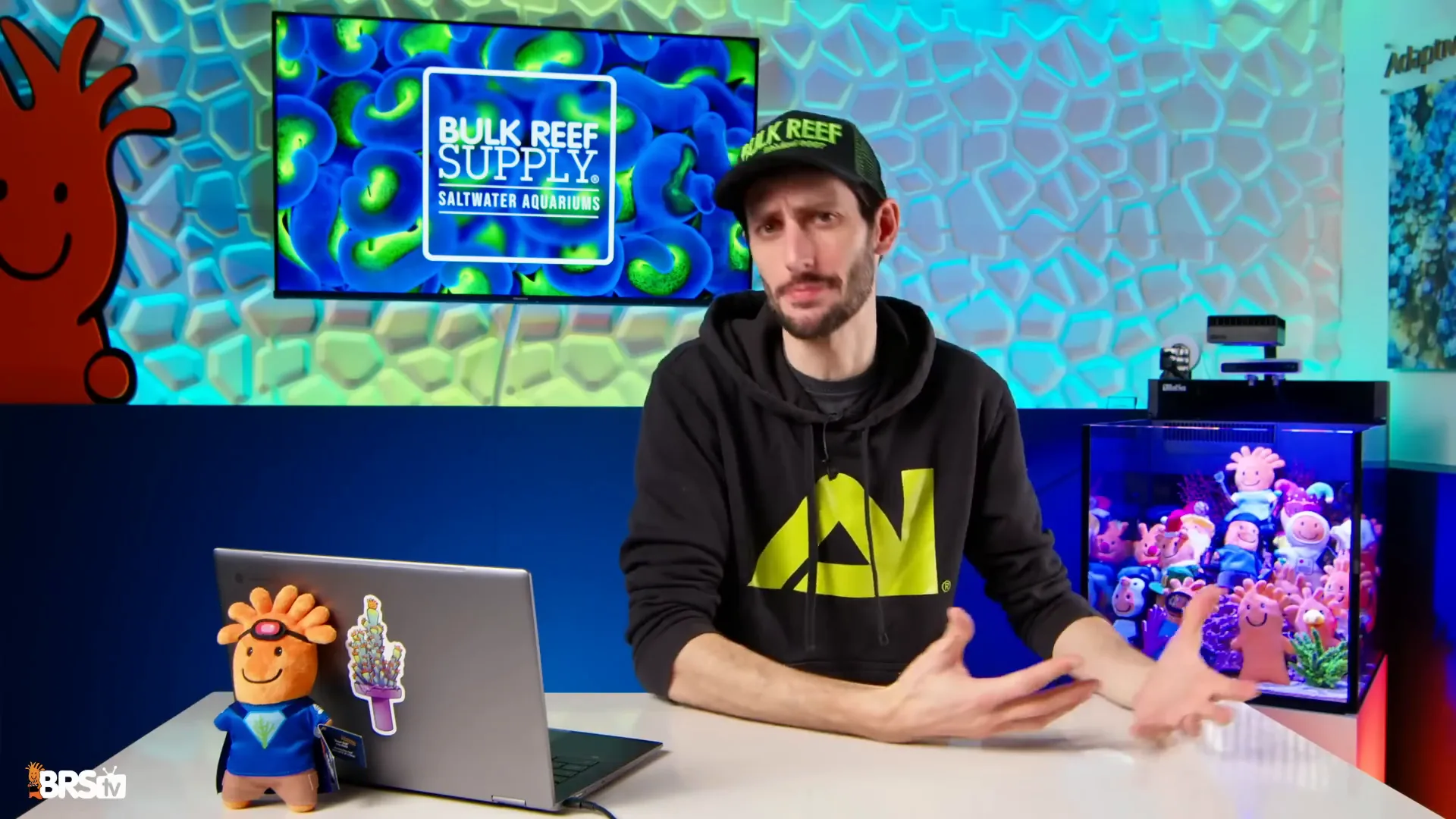
Additionally, introducing a cleanup crew of herbivorous invertebrates can help maintain algae levels. However, moderation is key; overloading your tank with snails and urchins can lead to starvation and nutrient spikes, inadvertently fostering algae growth.
In conclusion, understanding the nature of Bubble Algae, its spread, and effective prevention techniques is essential for maintaining a healthy reef tank. By implementing these practices, you can reduce the risk of Bubble Algae establishing itself in your aquarium.
Natural Predators of Bubble Algae
One effective method for managing Bubble Algae is to introduce natural predators. Various species can help control its growth and prevent it from overwhelming your aquarium.
Emerald Crabs
Emerald crabs, particularly Meiacanthus, are well-known for their appetite for Bubble Algae. They have been documented as effective consumers of this algae for many years. However, they may not always be proactive in eating it immediately. Sometimes, it takes a while for them to start picking at the algae, especially if they have other preferred food sources available.
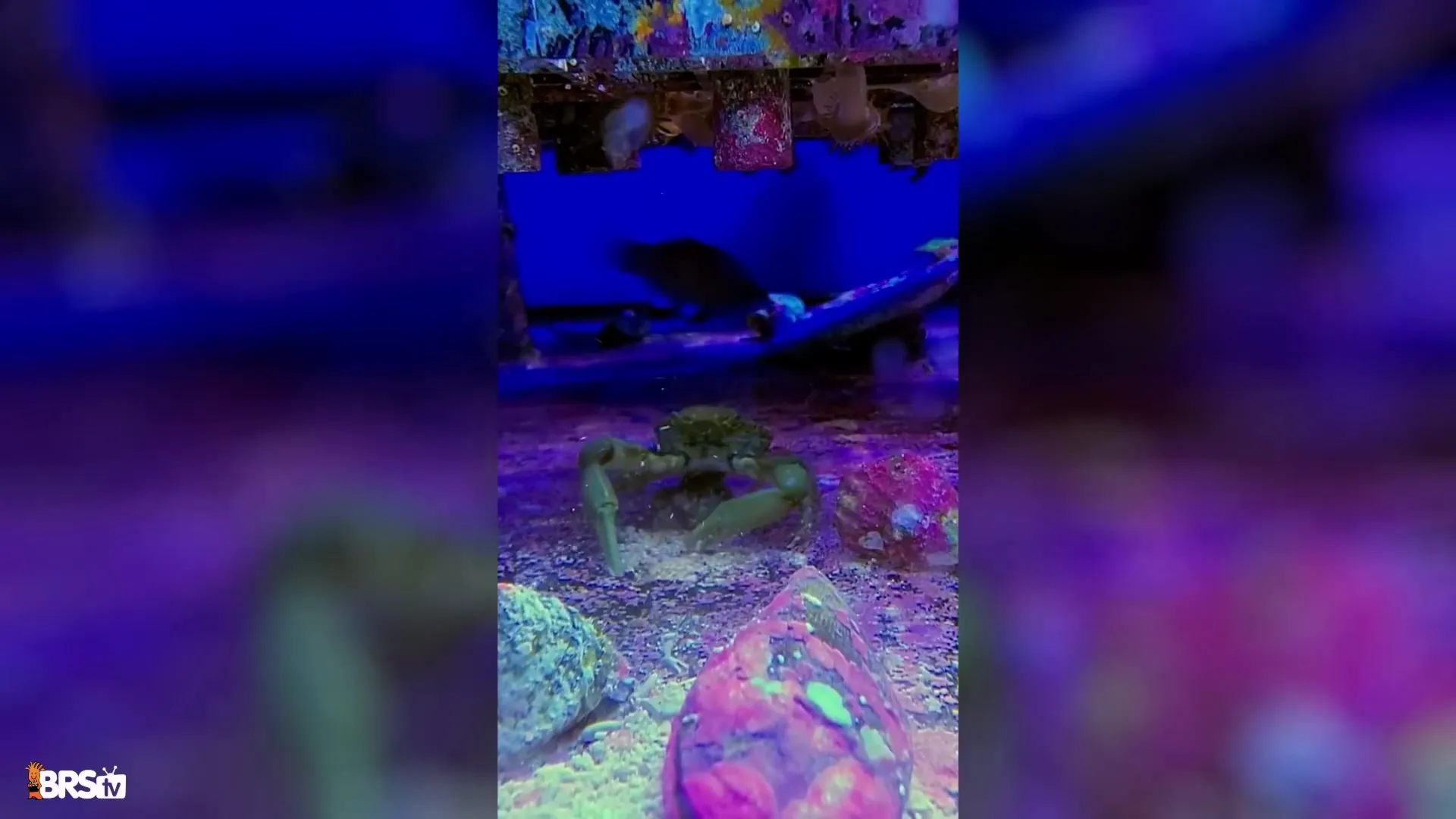
Foxface Rabbit Fish
Another excellent option is the Foxface rabbit fish. These beautiful fish are adept at controlling Bubble Algae growth. Just having one in your reef can prevent noticeable spreading. If an infestation is already present, a Foxface can effectively combat it on its own.
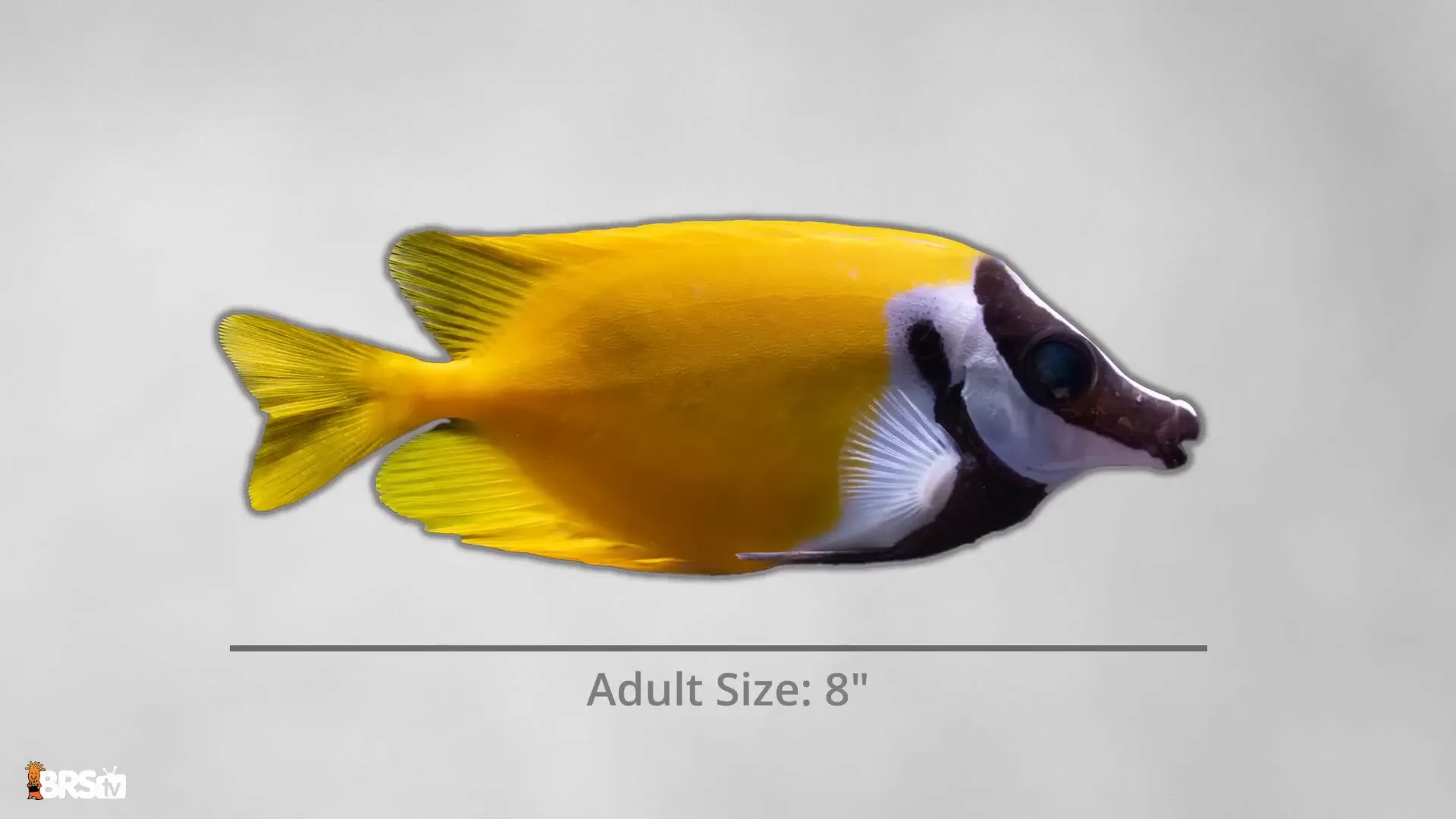
Vlamingi Tang
For those with larger tanks, the Vlamingi tang is a formidable algae eater. They thrive on various algae types, including Bubble Algae. These gentle giants can share their space with other tank mates but require significant room as they grow.
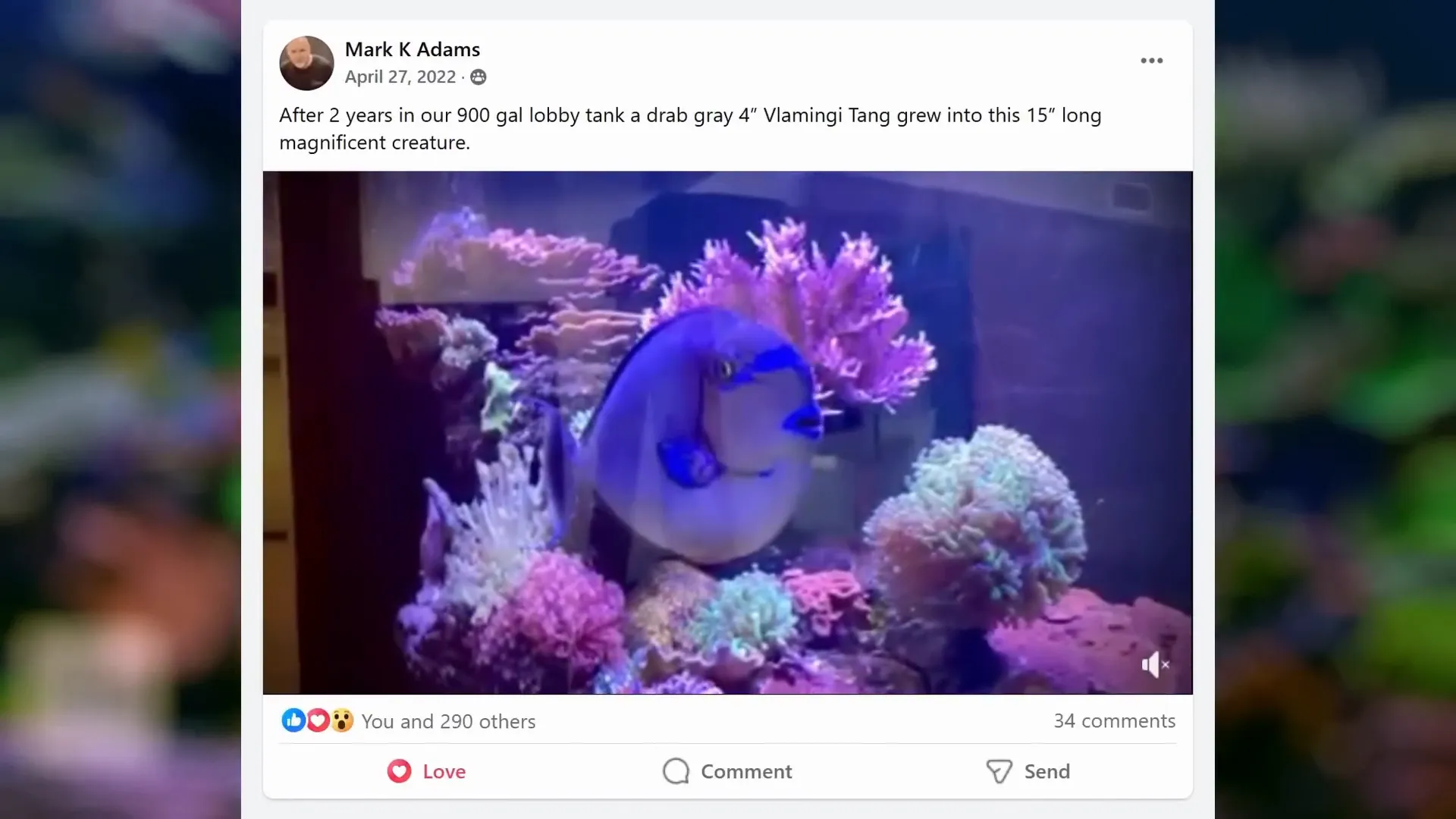
While these natural predators are beneficial, they should be complemented with other methods for the best results.
Physical Removal Techniques
Another essential strategy for managing Bubble Algae is physical removal. This process can significantly reduce its presence and prevent it from spreading further.
Hand Removal
Carefully removing Bubble Algae by hand is effective. Aim to pull the algae off in intact clumps. This method helps eliminate the rhizoids attached to the substrate, which are responsible for new bubble formation.
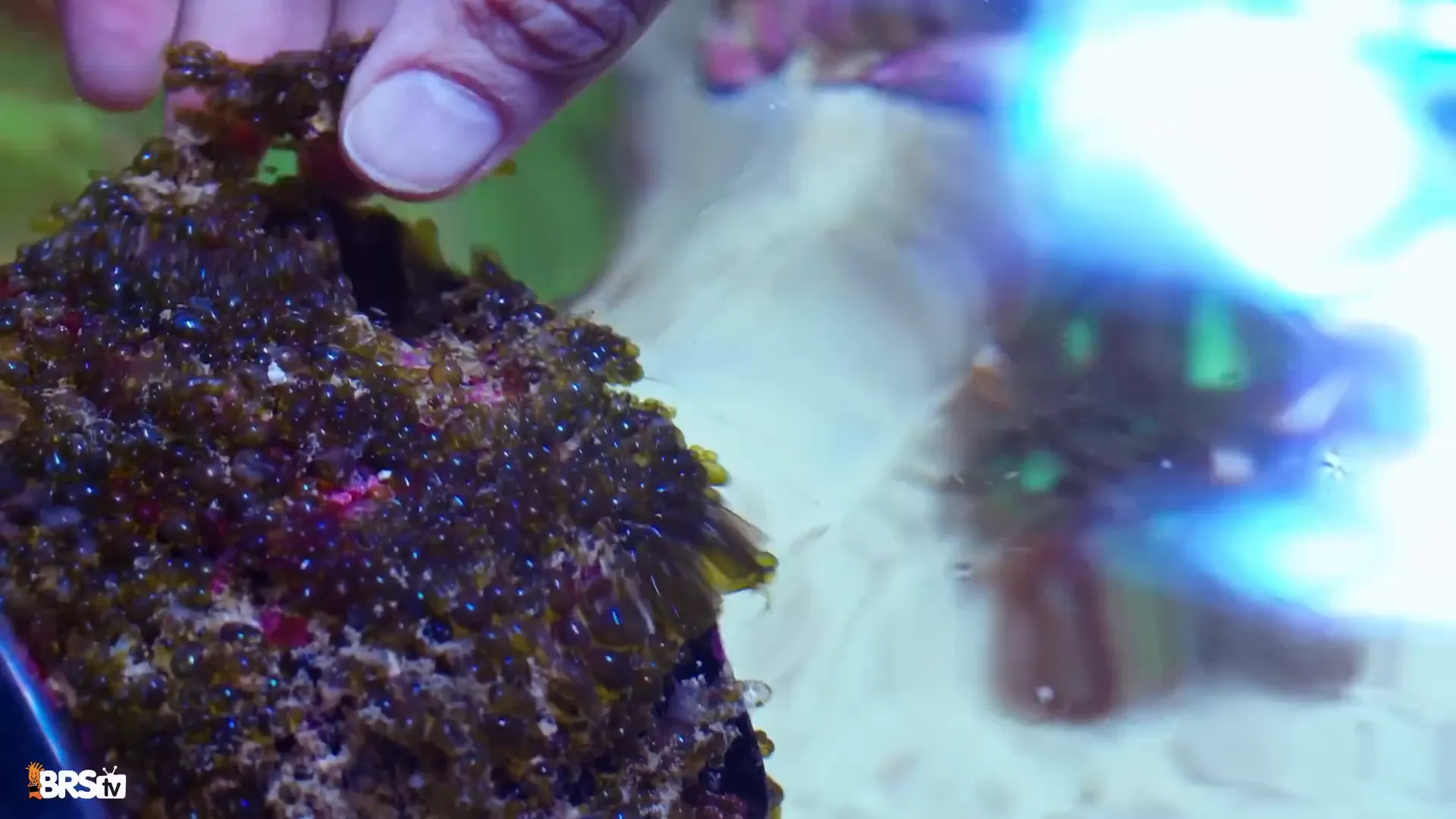
Tools for Removal
If the algae are lodged in crevices, tools like tweezers or epoxy removal picks can assist in extraction. When doing this, it's advisable to siphon out water simultaneously to prevent any floating fragments from resettling and forming new colonies.
Cleaning Equipment
Equipment in your aquarium, such as pumps, can also harbor Bubble Algae. Remove and clean these items thoroughly, using methods like citric acid baths or scrubbing with a brush.
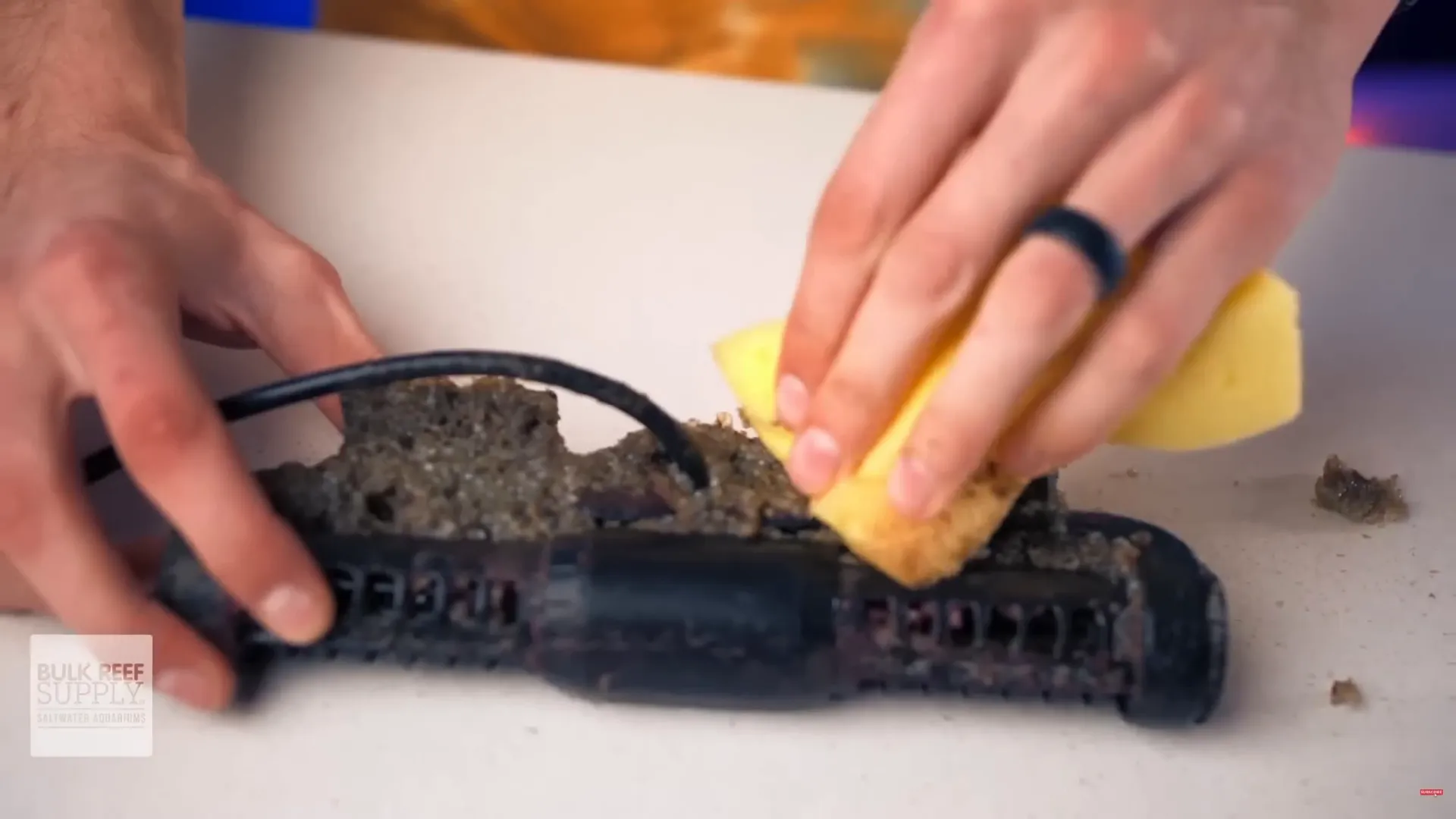
Physical removal, when done effectively, can greatly reduce Bubble Algae populations in your aquarium.
Filtration and Nutrient Control
Maintaining optimal nutrient levels is vital for controlling Bubble Algae. High nutrient levels can fuel algae growth, so it's essential to monitor and manage them.
Nutrient Levels
Target phosphate levels between 0.02 and 0.06 and nitrate levels between 5 and 10 ppm. These ranges help ensure your corals receive necessary nutrients without providing excessive fuel for algae.
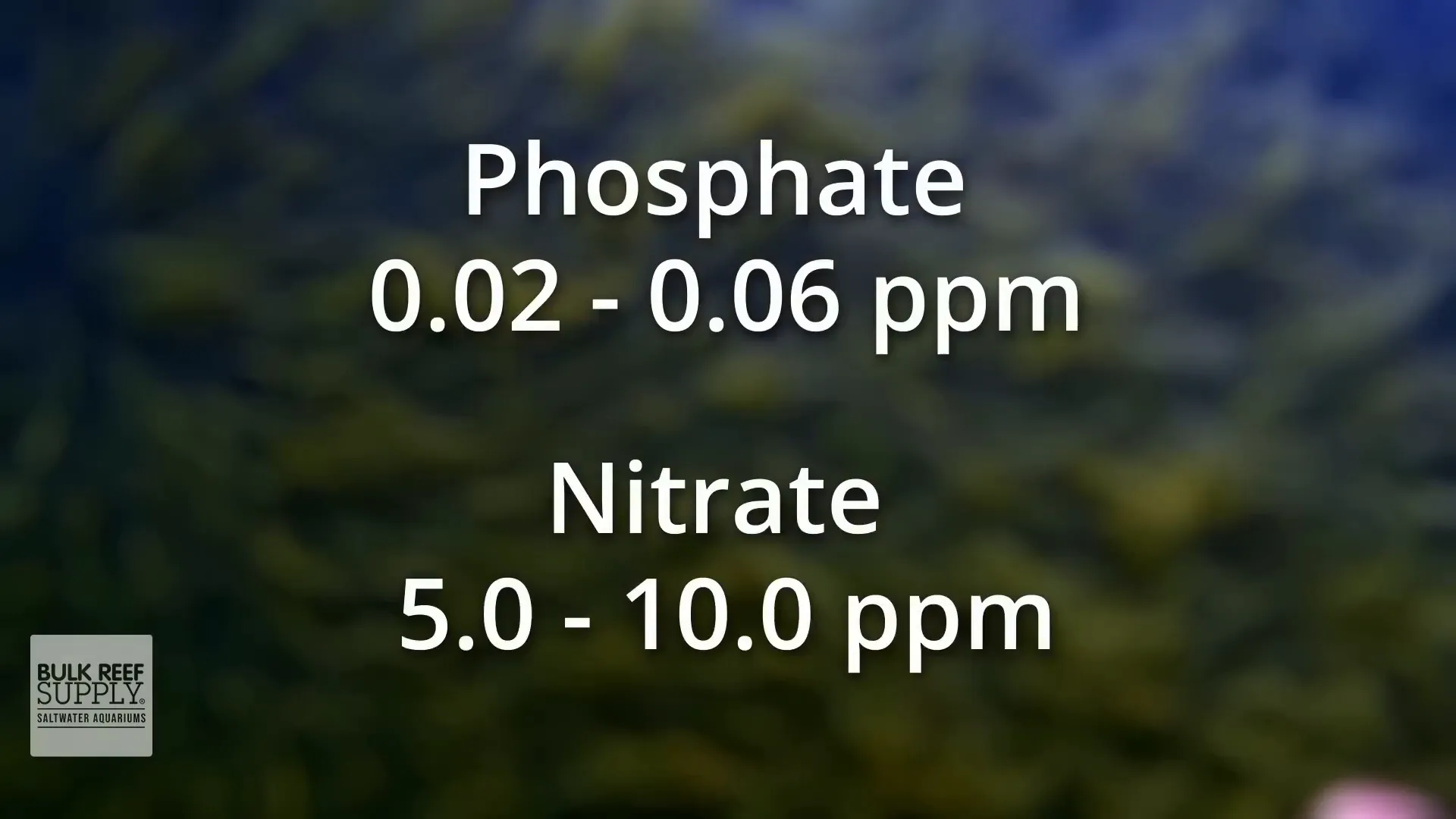
Water Changes and Filtration Improvements
If nutrient levels rise too high, perform regular water changes. If they remain elevated, consider enhancing your filtration system by adding a refugium, algae turf scrubber, or macro algae reactor. These systems can help absorb excess nutrients effectively.
Mechanical Filtration
Fleece rollers are another excellent filtration method. They can remove waste, including uneaten food, before it breaks down into nitrate and phosphate, preventing nutrient spikes.
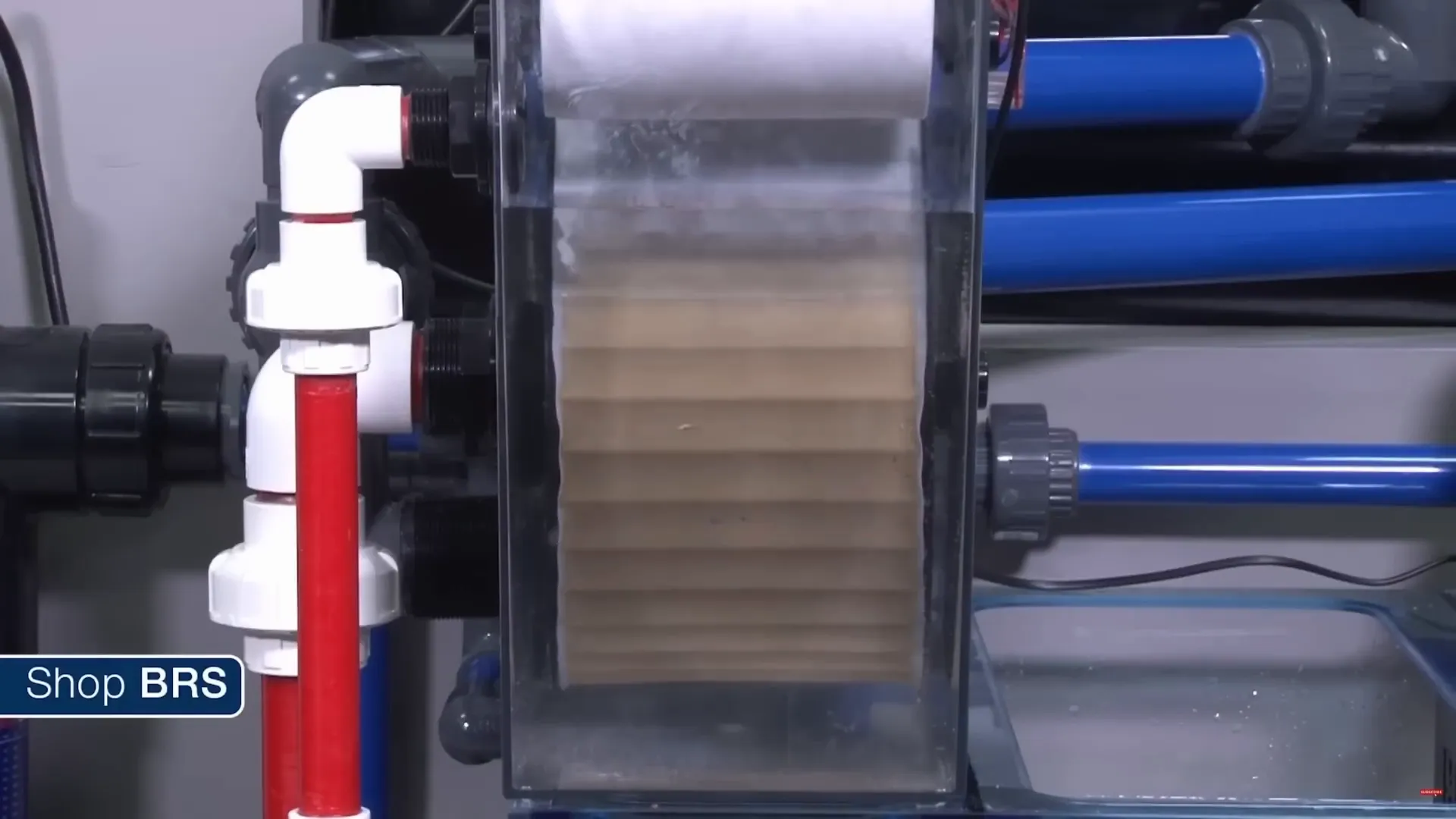
By managing nutrient levels and improving filtration, you can create an environment less conducive to Bubble Algae growth.
Chemical Treatments for Severe Outbreaks
In cases of severe Bubble Algae outbreaks, chemical treatments may be necessary. While this should be a last resort, it can effectively manage stubborn infestations.
Algae Fix
The active ingredient in Algae Fix by API can be used to treat Bubble Algae. When applied as directed over several weeks, it causes the algae to change colour and eventually melt away. However, caution is needed; it can irritate corals and invertebrates if overdosed.
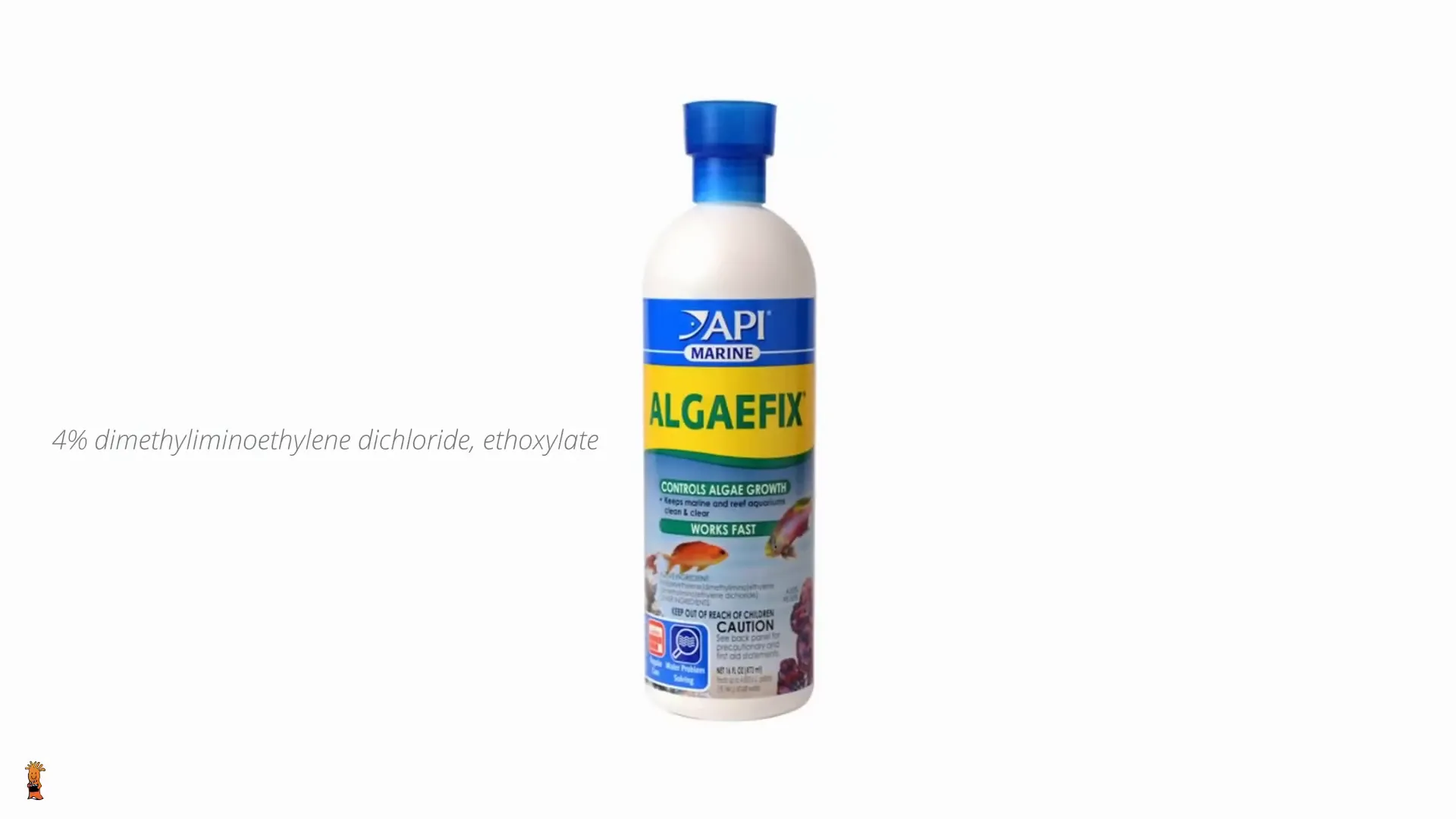
Even with chemical treatments, it's crucial to manually remove as much of the algae as possible beforehand to avoid nutrient spikes from decaying matter.
Conclusion and Final Thoughts
Managing Bubble Algae is a multifaceted approach involving natural predators, physical removal, nutrient control, and, if necessary, chemical treatments. Each method contributes to a healthier aquarium environment.
By implementing these strategies, you can effectively control Bubble Algae and maintain the health of your reef tank. Consistency and vigilance are key—regular monitoring and prompt action at the first signs of algae will yield the best results.
FAQs about Bubble Algae
What causes Bubble Algae to grow in my aquarium?
Bubble Algae grows best in nutrient-rich environments. Excess nutrients, particularly nitrates and phosphates, can lead to outbreaks.
Can I remove Bubble Algae without hurting my corals?
Yes, careful physical removal can be done without harming corals. Ensure to pull the algae in clumps to minimize damage to surrounding areas.
Will adding more fish help control Bubble Algae?
Introducing herbivorous fish can help manage Bubble Algae, but it's essential to ensure the tank is suitable for their needs and that they won't outcompete your corals for food.
Is it safe to use chemical treatments for Bubble Algae?
Chemical treatments can be effective but should be used as a last resort. Always follow the manufacturer's instructions and monitor your tank closely after application.



